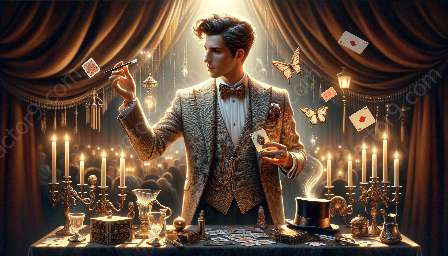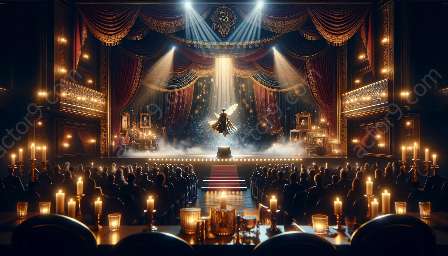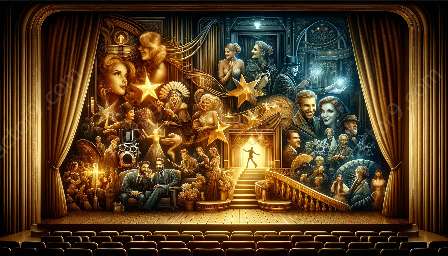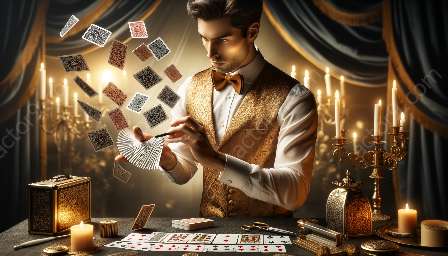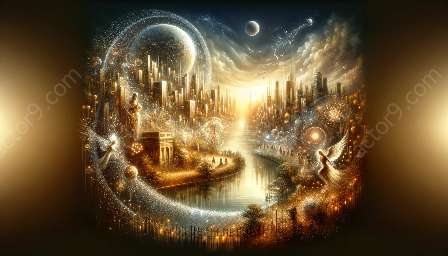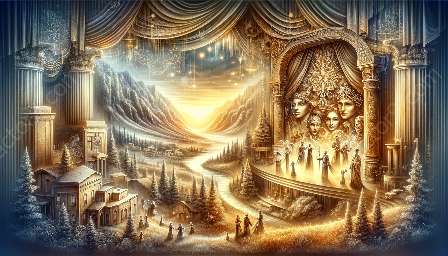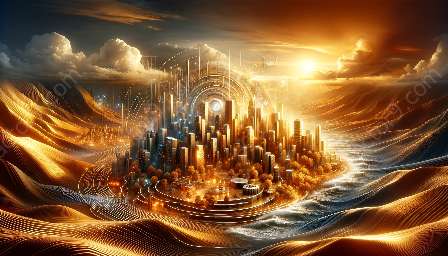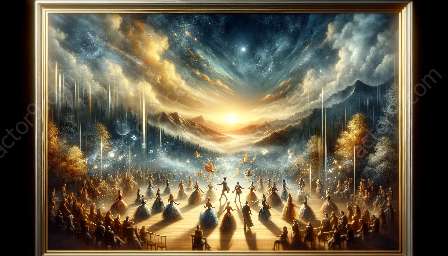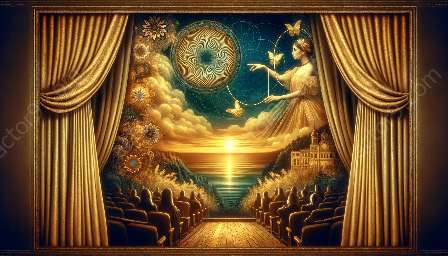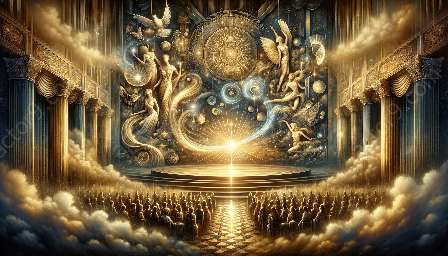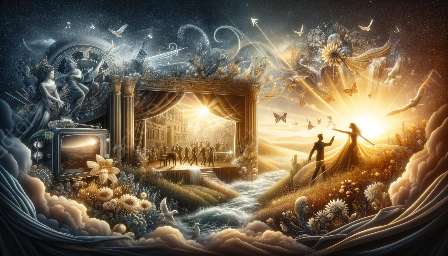Magical realism and traditional magical literature both immerse readers in worlds where magic and illusion play a significant role, yet they exhibit distinct characteristics that set them apart. Understanding the nuances of these genres can enrich our appreciation of the mystical in literature.
Before delving into the comparisons, it's essential to establish a foundational understanding of each genre separately.
The World of Magical Realism
Magical realism is a literary genre that seamlessly integrates magical or fantastical elements into a realistic narrative. Originating in Latin American literature, the genre has gained worldwide popularity, characterized by its portrayal of magical occurrences as ordinary occurrences within the setting.
One of the defining features of magical realism is the blend of the mundane and the extraordinary, blurring the lines between reality and fantasy. Writers utilize this genre to explore complex themes and emotions by infusing the everyday with elements of enchantment.
Traditional Magical Literature
On the other hand, traditional magical literature encompasses a broader spectrum of works that prominently feature magical or supernatural elements. This may include folklore, fairy tales, myths, and legends, drawing from cultural traditions and ancient storytelling practices.
Traditional magical literature often employs a more overt, fantastical approach to magic, with clear distinctions between the ordinary and the magical realms. This genre tends to emphasize the extraordinary nature of magic, weaving it into narratives of heroism, questing, and fantastical adventure.
Similarities
Despite their differences, magical realism and traditional magical literature share certain similarities, particularly in their use of magic and illusion within storytelling. Both genres transport readers to extraordinary worlds, encouraging them to suspend disbelief and embrace the magical elements interwoven with reality.
- Exploration of Human Experience: Both genres use magic and illusion as tools to delve into the depths of human emotions and societal issues. Whether through subtle magical occurrences in everyday life or grand mythical sagas, both genres offer insights into the human experience.
- Engagement with the Supernatural: Both genres celebrate the mystical and supernatural, integrating them into the fabric of their narratives. Whether through the subtle magic of everyday objects or the grandeur of mythical creatures, both magical realism and traditional magical literature offer readers a sense of enchantment.
- Multicultural Influence: Both genres draw from diverse cultural traditions and folklore, incorporating myths, legends, and rituals into their narratives to enrich their worlds with a sense of history and tradition.
Differences
While sharing similarities, the differences between magical realism and traditional magical literature are equally noteworthy, shaping the distinct experiences they offer to readers.
- Approach to Magic: Magical realism integrates magic into the ordinary, blurring the lines between the fantastical and the real, while traditional magical literature often presents magic as more clearly distinct from reality, emphasizing its extraordinary nature.
- Narrative Focus: Magical realism tends to focus on the inner lives of characters, using magical elements to explore emotions, relationships, and societal issues within a realistic setting. Traditional magical literature, meanwhile, often centers on heroic quests, mythical creatures, and epic struggles between forces of good and evil.
- Cultural Context: Magical realism often emerges from specific cultural and societal contexts, addressing political and social issues within its narratives. Traditional magical literature, on the other hand, often reflects cultural traditions and legends, drawing from ancient storytelling practices with a focus on myth and folklore.
Conclusion
Both magical realism and traditional magical literature offer enchanting journeys into the realms of magic and illusion, each with its unique approach and impact on readers. Through their similarities and differences, these genres continue to captivate audiences and enrich the landscape of magic and illusion in literature.


